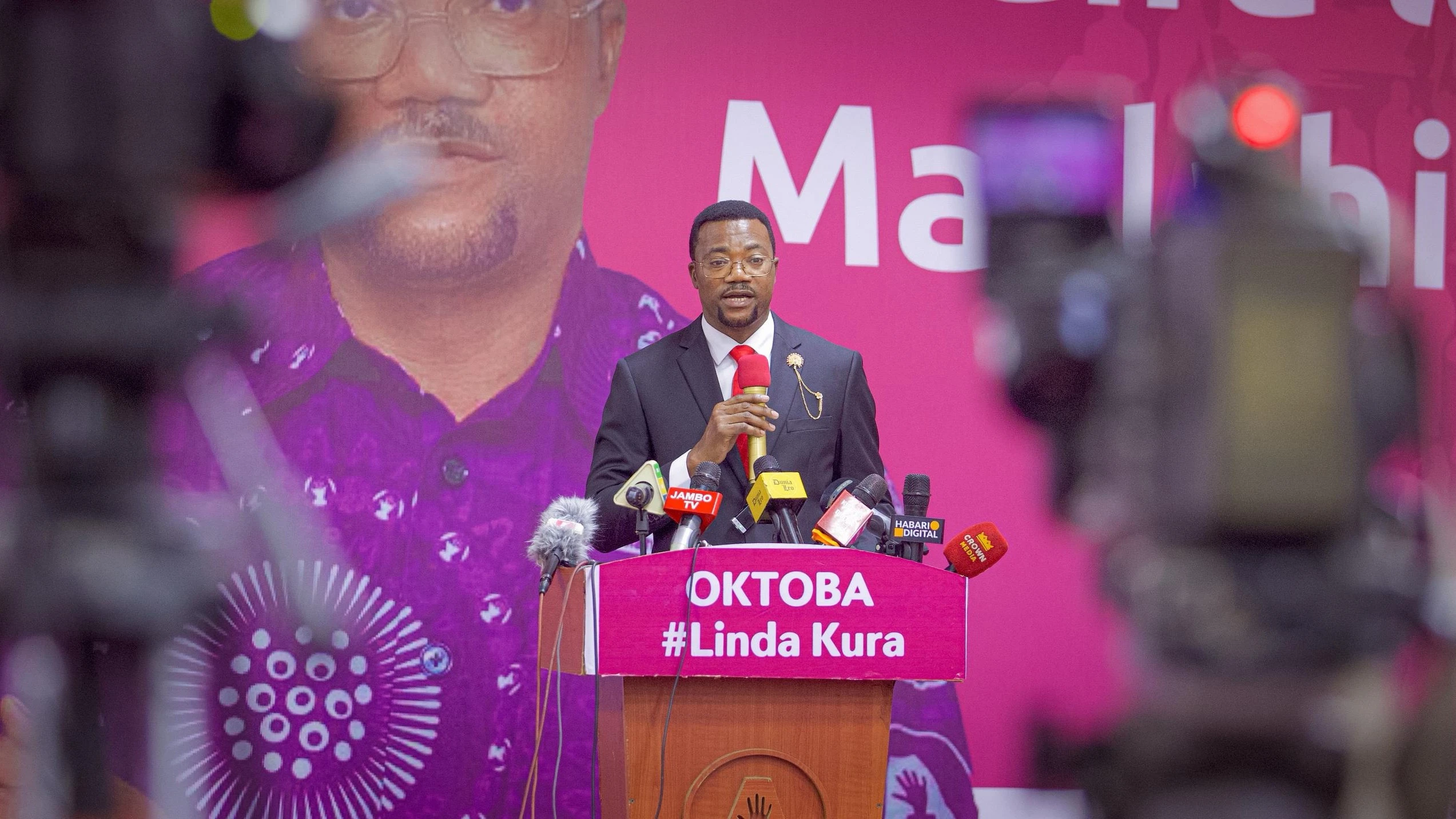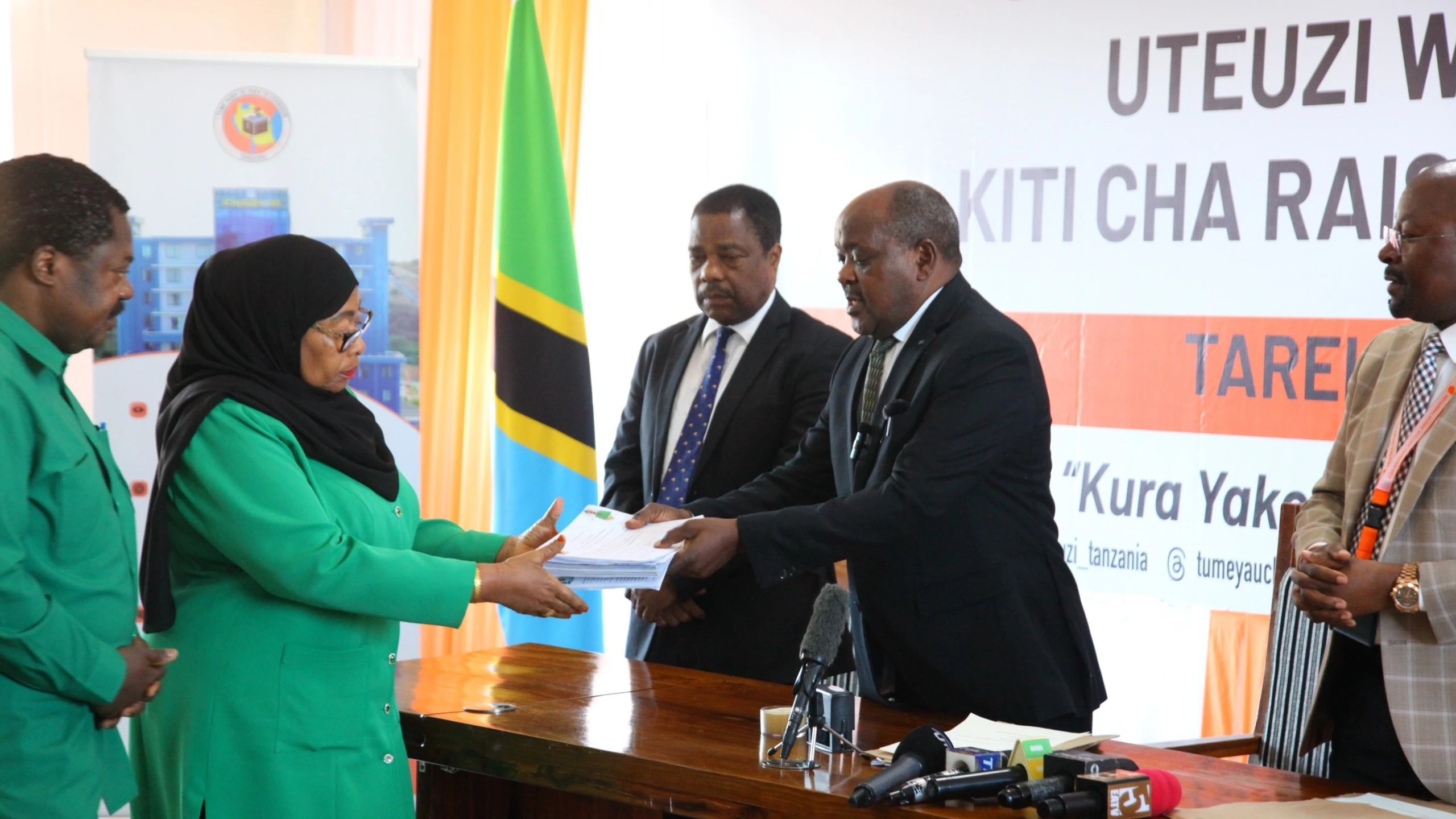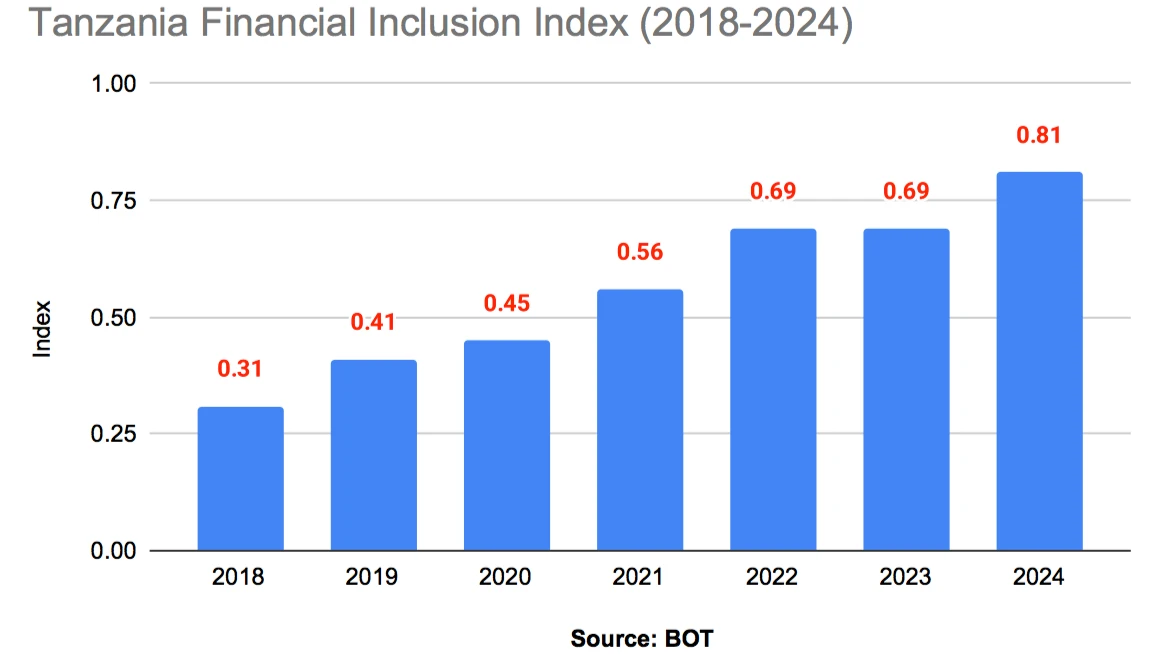National debt rises to 116trn/- by June 2025

Tanzania’s national debt stock reached 116 trn/- (USD 46.6bn) at the end of June 2025, representing a 1 percent increase from May. According to the Bank of Tanzania (BoT), external debt accounted for 70.7 percent of the total.
The external debt stock—covering both public and private obligations—rose slightly by 0.1 percent to USD 32.96 billion. Public debt comprised the majority at 85.4 percent, while the private sector accounted for the remainder.
During June, external loan disbursements totaled USD 868.4 million, primarily directed to the central government. At the same time, external debt service payments amounted to USD 234.4 million, including USD 173.6 million in principal repayments and the balance in interest.
The creditor composition remained broadly unchanged from the previous month and the same period in 2024, with multilateral institutions holding the largest share, followed by commercial lenders.
In sectoral terms, transportation and telecommunications continued to dominate the distribution of disbursed outstanding debt. By currency, the US dollar accounted for 65 percent of external debt, followed by the Euro at 17 percent.
On the domestic front, the debt stock stood at 35.5trn/-, marking a 0.9 percent monthly increase, driven by new government securities issuance. Treasury bonds remained the dominant instrument, with commercial banks and pension funds as the primary creditors.
The government raised 845.9 billion/- from the domestic market through bond issuances in June to finance budget shortfalls. Over the same month, it spent 936.96 billion/- on domestic debt service, comprising 660.13bn/- in principal and 276.8bn/- in interest. (A corrected analysis notes the actual figures were 60.13bn/- principal and 33.83 billion/- interest, reflecting a typographical error in the original report).
A report by the Tanzania Investment and Consultant Group (World Economics) estimated the national debt-to-GDP ratio at 44.3 percent, based on GDP of USD 102.6 billion (2022 GDP adjusted for 5.6 percent growth in 2024 and 6 percent in 2025).
By contrast, the IMF’s 2024 Debt Sustainability Analysis (DSA) put public debt at 35 percent of GDP, well below the 55 percent threshold for low-income countries, classifying Tanzania’s risk of debt distress as moderate.
World Economics, however, suggested that using a higher GDP estimate of USD 155.5 billion implies a lower debt ratio of 29.2 percent, underscoring data variability in assessments.
Despite these variations, analysts agree that the 116trn/- debt stock is sustainable under current conditions. However, the 9.6 percent depreciation of the Tanzanian shilling against the US dollar has raised concerns about the burden of external obligations.
The structure of the debt portfolio reflects a shift toward stability. Treasury bonds make up 83.2 percent of domestic debt, reducing refinancing risks compared with short-term instruments. The creditor base is diversified, with banks holding 28.6 percent, pension funds 26.1 percent, and retail investors—including through Treasury Inflation-Protected Securities (TIPS)—accounting for 18.1 percent.
Nonetheless, the report flagged challenges. High government borrowing rates, averaging 15.5 percent, risk crowding out private sector credit. Lending to businesses had already weakened in late 2024.
“The diversified creditor base and long-term bond dominance enhance stability,” the report noted, “but elevated borrowing costs constrain private sector financing.”
Overall, Tanzania’s debt continues to expand at an annual pace of 11.1 percent, largely to cover fiscal deficits, including 270.2 billion/- in May 2025 for Mainland Tanzania.
While the debt-to-GDP ratio remains within sustainable levels, balancing infrastructure financing needs with private sector growth will be crucial to preserving long-term stability.
Top Headlines
© 2025 IPPMEDIA.COM. ALL RIGHTS RESERVED

























